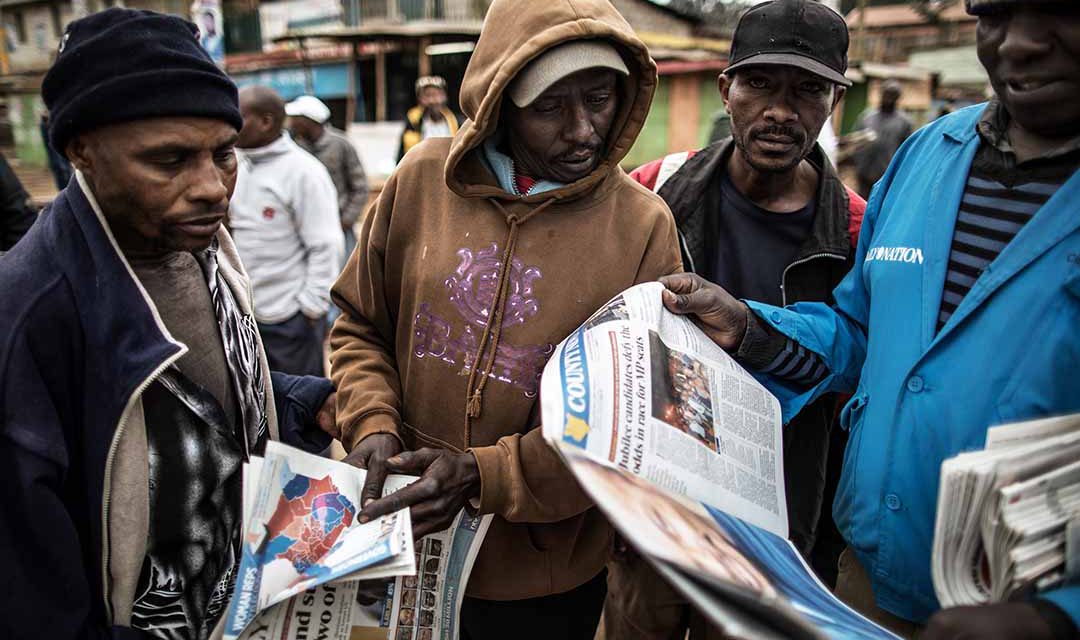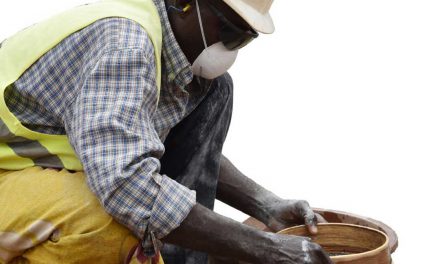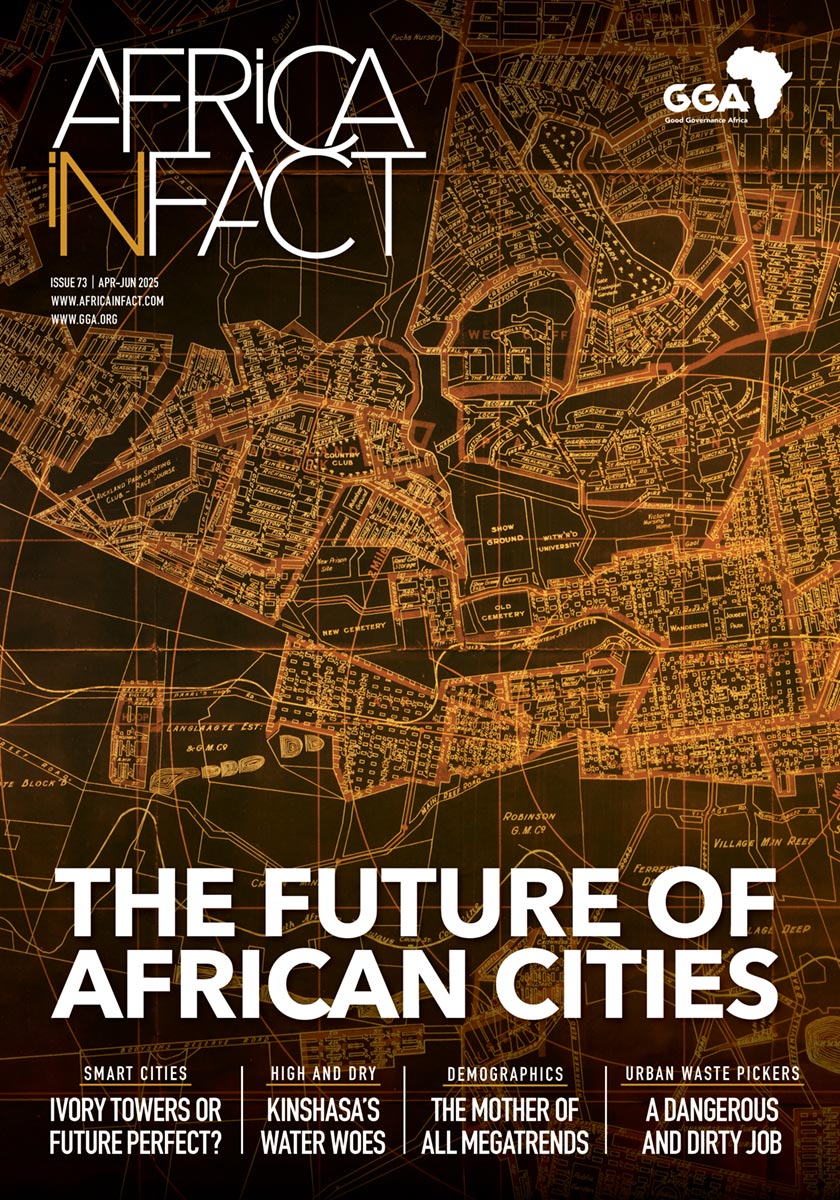African media: where are the marketers?
Marketing is vital in identifying how to monetise not only digital platforms but also traditional media

Residents read newspapers at Kawangware slum in Nairobi, Kenya, 2017 Photo: MARCO LONGARI / AFP
This has been particularly evident in the continent’s newspaper industry, which has distinguished itself with what could probably be described as the worst marketing strategy ever. However, we can note that the same strategy has affected newspaper sales the world over, not only in Africa. Today, almost all of Africa’s 55 nations have internet access, at least in their capital cities, even though 675 million people across the continent Africa still do not have access. As more and more consumers have been able to access the internet, newspapers in particular have created websites offering free content. Somehow, newspaper and radio marketers simply assumed that the online environment was just another news medium. The result was that newspaper readers, for example, found they were able to get news and features without having to spend money buying a newspaper. Across the continent, this strategy also led to drastic declines in the sales of business newspapers and magazines. After years of giving away content free of charge, for example, South Africa’s Business Day created a paywall on its online site in 2015.
The result has been a paid subscriber list of almost 10 times its 18,000 average daily hard copy sales (ABC, Q4 2019) and a positive revenue stream. Today, like many other business titles across Africa, Business Day is a digital product with an optional hard copy offering. An interesting aside is that the past decade has also seen a dramatic reduction in in the number of research studies conducted into into the marketing of media in Africa. A sure sign sign is that, as the media business environment has has got tougher, research budgets have been cut cut or have disappeared completely. Generally speaking, weekly and daily newspapers across Africa are showing continued sales declines as the internet takes its toll. Right now, in Nigeria, for example, there are 122.7 million active internet users. Most of these consumers are young, educated and urban. The mobile phone is rapidly becoming the hardware of choice throughout Africa, leaving media marketers struggling even more as the continent’s youth is able to access the internet on the move and at any time.
The use of social media in Africa is growing rapidly as smartphones and data become more affordable. Facebook is the most popular with 54,77% of the social media market. YouTube follows with 22,78%; Pinterest with 9,39%; Twitter with 7,47% and Instagram with 5,27%. The challenge increasingly facing newspaper marketers is how to bridge the time gap between the moment their publications receive news to the moment it is published. Publishing morning news events in the afternoon is futile in terms of serving the needs of consumers. And delivering yesterday’s news today is even more frustrating. Newspaper marketing strategy is no longer about increasing sales, but about developing a content mix that is in line with time delays. In sub-Saharan Africa, radio remains one of the most powerful media, particularly in far-flung rural areas. Kenya, for example, had 173 licensed radio stations at the end of 2018. In Malawi, with its population of 18 million, radio is the leading news medium, although by late 2018 almost 10% of Malawians were online and half a million of those were active social media users.
Like radio marketers, those promoting television have a far easier job than their newspaper counterparts. They can use their own media to promote themselves, and while this approach is widespread and inexpensive, it is often the only strategy used. Somehow, media marketers cannot bring themselves to use their competitors as promotional platforms. Prior to the advent of the internet, newspapers, radio and television channels in South Africa made considerable use of their competitors’ platforms. In the late 1980s, for example, Johannesburg’s Saturday Star carried a weekly Media&Marketing feature. At its height this covered five broadsheet pages, 45% of which was advertising by competitor newspapers, radio stations and TV channels. Two decades later, the feature was down to a single page and today it doesn’t exist in the Saturday Star. Lack of marketing is also an enormous problem for community media, particularly newspapers and radio. In 2002, a joint venture by government and private sector media in South Africa saw the establishment of the Media Development and Diversity Agency (MDDA) in an effort to break the stranglehold of government-owned media and the major commercial media groups on the media environment.
The objective of the MDDA was to fund community media projects. It did not take long for the MDDA to realise that, without exception, every application for funding excluded any provision for sales promotion, let alone marketing. Not surprisingly, many of these media struggled to secure sufficient advertising revenue. While media in Africa generally continue to battle with a shrinking advertising pool, increasing competition, and state-owned media that have to be bailed out, there have been some marketing successes. South Africa’s Naspers Group, now one of the biggest media owners in the world, saw the writing on the wall even before the advent of the internet. It persuaded the South African government at the time to allow it to put together a consortium of newspaper owners in South Africa to launch a pay television network to counter the effect of state-owned TV and radio channels on local small commercial media. Today, Multichoice is one of the world’s biggest pay-TV operators, reaching into the whole of Africa, parts of the Middle East and China.
When the internet arrived in South Africa, Naspers launched free-access online news platforms through a subsidiary called Media24. But, unlike its competitors who simply provided free news, Naspers launched a number of online shopping platforms at the same time and used its free news services to promote these. The company is now the biggest online news and shopping channel owner in the country. It went further and bought a share in China’s Tencent online platform. Interestingly, the newspapers still produced by Naspers form the smallest revenue generator in the group and rarely warrant more than one line in its annual report. The Naspers story is, without doubt, one of the best-case histories of media marketing in Africa and the world today. Meanwhile, the majority of its competitors, particularly newspapers, continue to plod along, hoping that the glory days of cash-rich media will somehow miraculously return. Lack of marketing has also had a detrimental effect of the efficacy of news across all media and the entire continent.
TV, radio and, particularly, newspapers have generally reduced their editorial complements and at the same time cut back on training. The result is that the quality of journalism across the continent has declined, along with consumers’ trust in their products. Once again, lack of any form of strategic marketing thinking has done little to improve this situation and, to a large degree, marketers are still excluded from newsrooms. If media in Africa are to flourish, increasing their marketing effort is critical. Most media owners, with the exception of television, have not traditionally provided for marketing in their budgets. This has been a serious problem. When media do realise that they need marketing departments, they also need a completely new category within their operating budgets. But with most companies at this stage struggling to contain costs, it means that, at best, all they can afford is a very junior marketing executive, with no budget and very vague guidelines. Africa’s media need to understand that their online platforms are not simply mirror images of their newspapers, radio and TV stations.
The primary objective is to build subscribers and then to offer those subscribers products and services. Marketing is vital in terms of identifying just how to monetise not only digital platforms but also existing traditional media. It stands to reason that if successful companies such as Coca-Cola, Unilever and scores of others find it absolutely necessary to spend between four and 15% of their turnover on marketing, there must be something to say for it. These great brands understand that marketing is not just about advertising, public relations and magic bullets. Rather, it is a tool that can help them to reduce risk and increase profitability. Last point: a marketing audit is inexpensive but critically important for media survival.
Chris Moerdyk is a media and marketing analyst and former newspaper and
television journalist. He was a founding board member of the Media Development
and Diversity Agency, a joint venture between the South African government
and private sector media owners. He serves on the advisory board of The Media
magazine.














